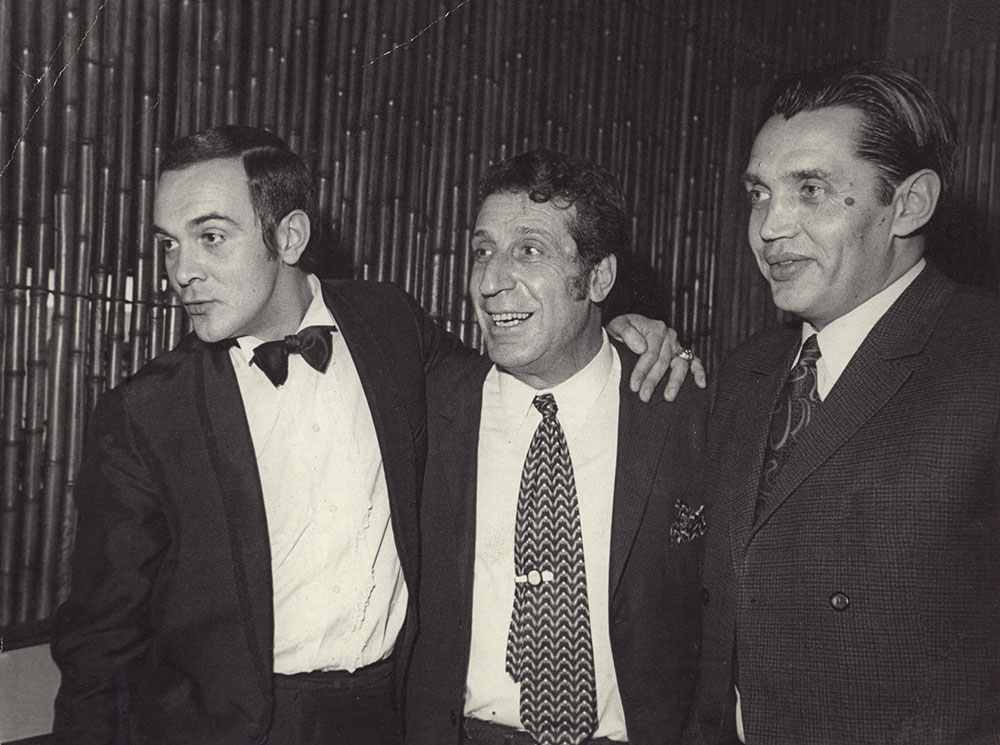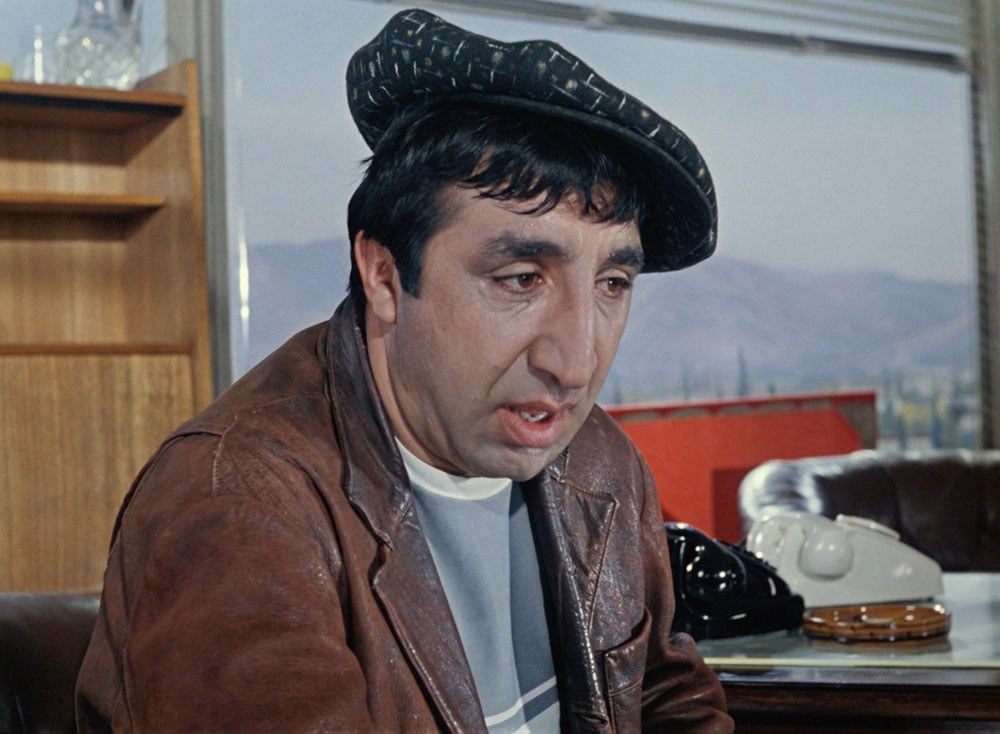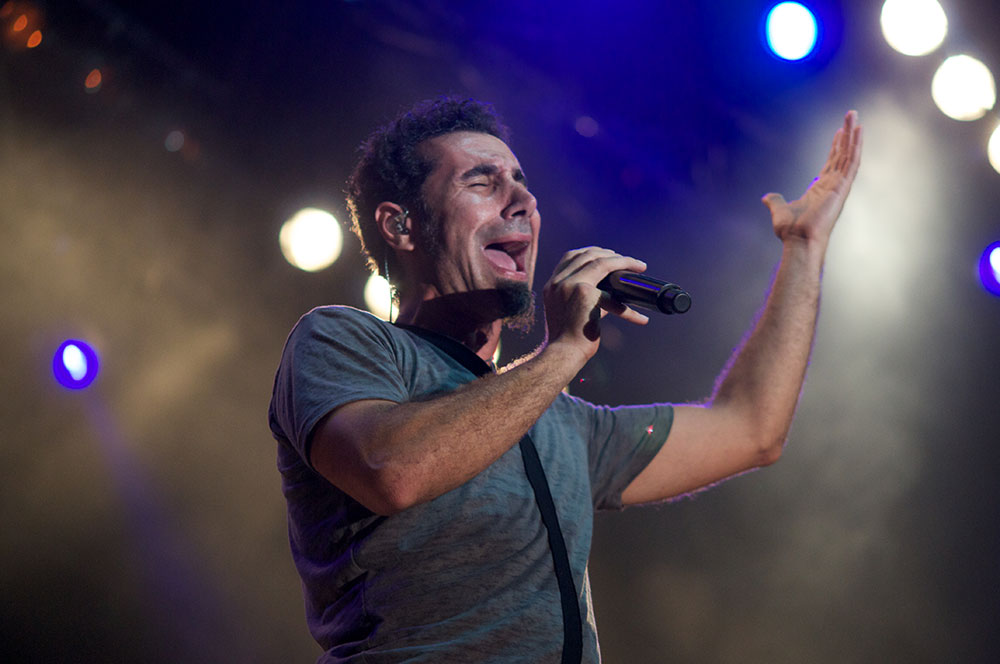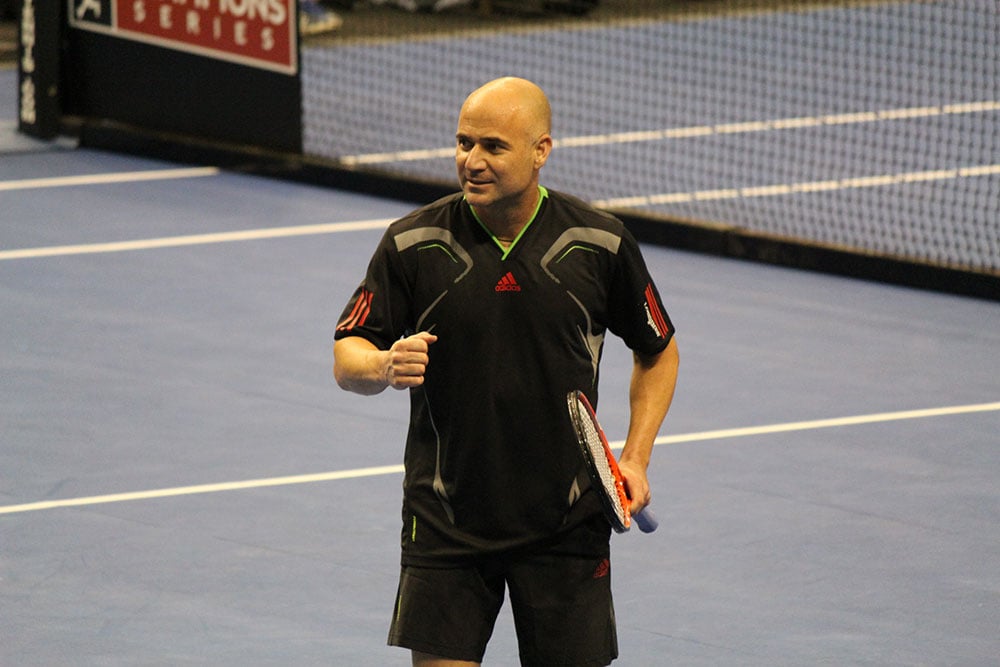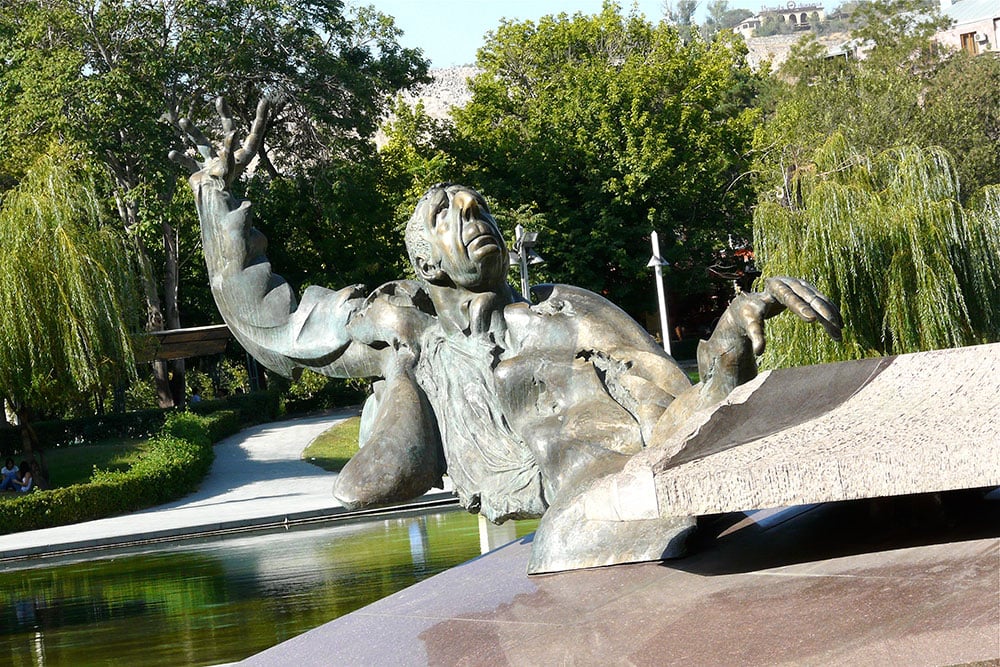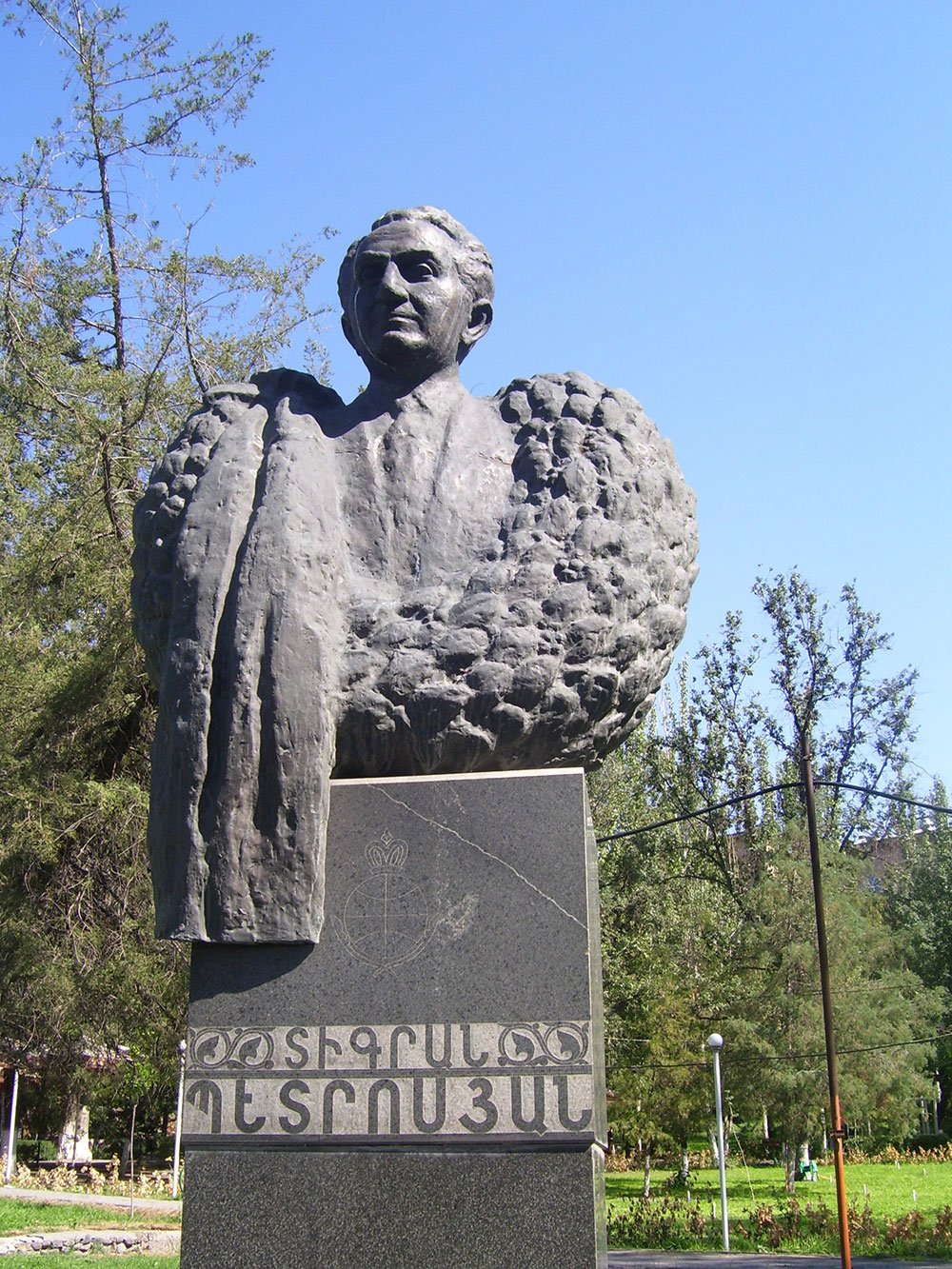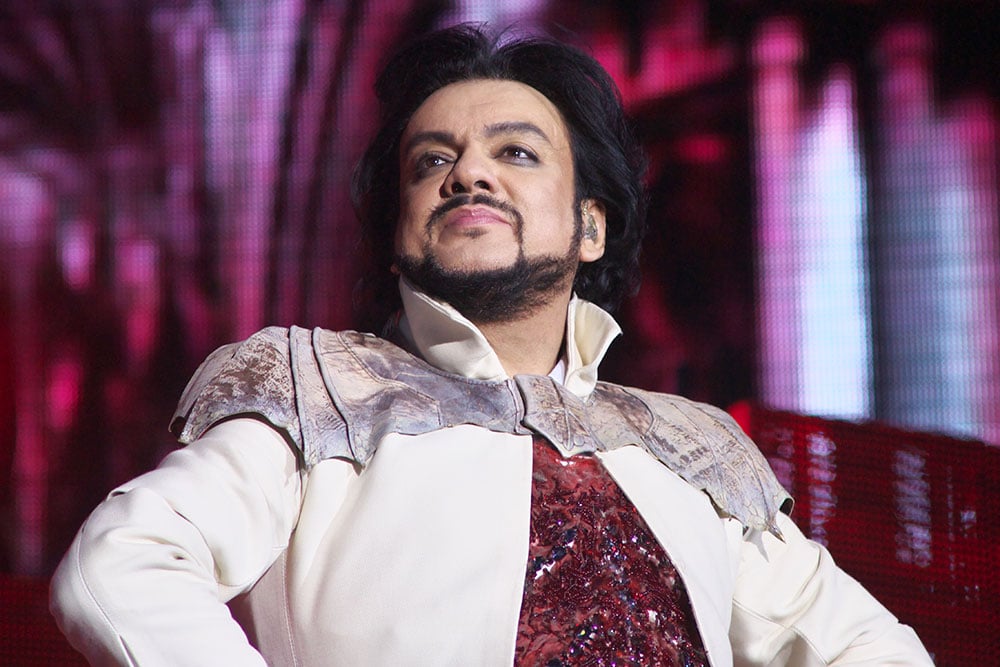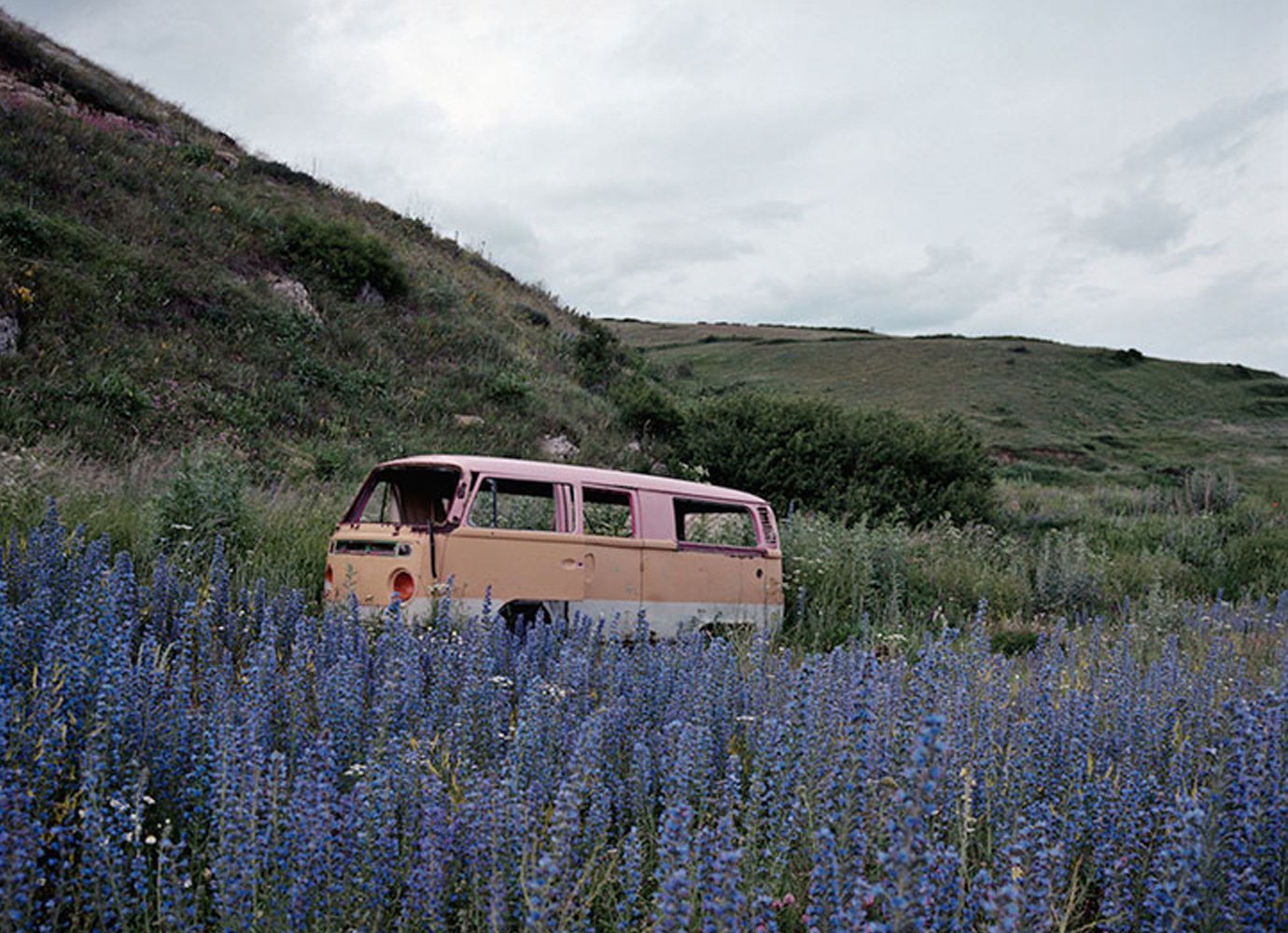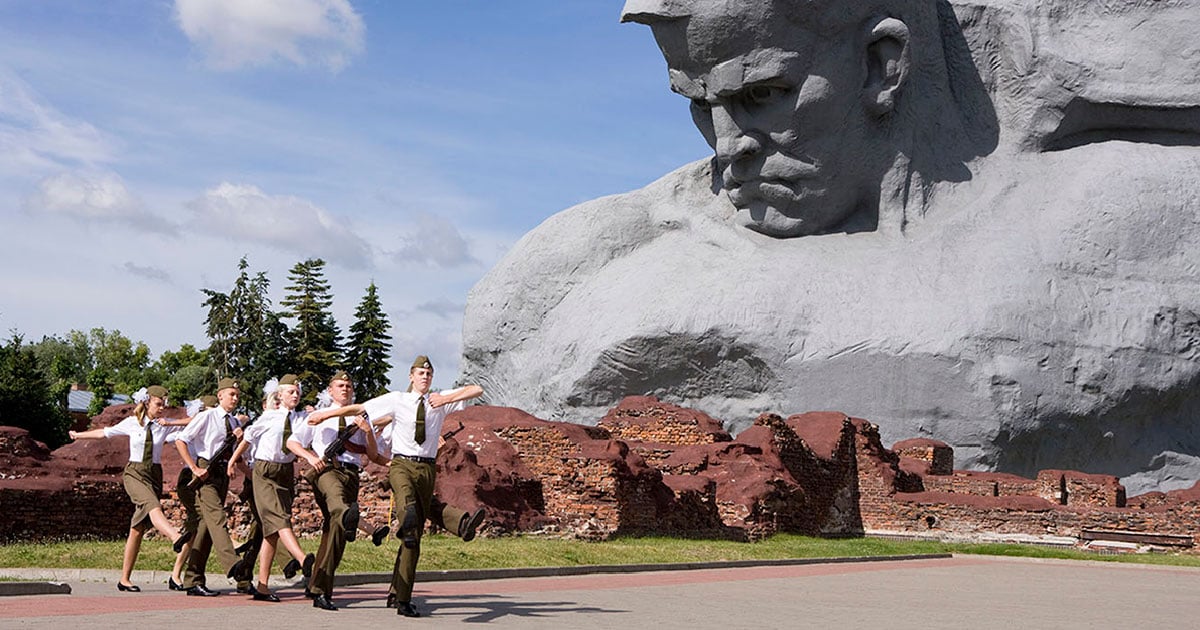Everybody nose: the Armenian feature you simply can’t avoid
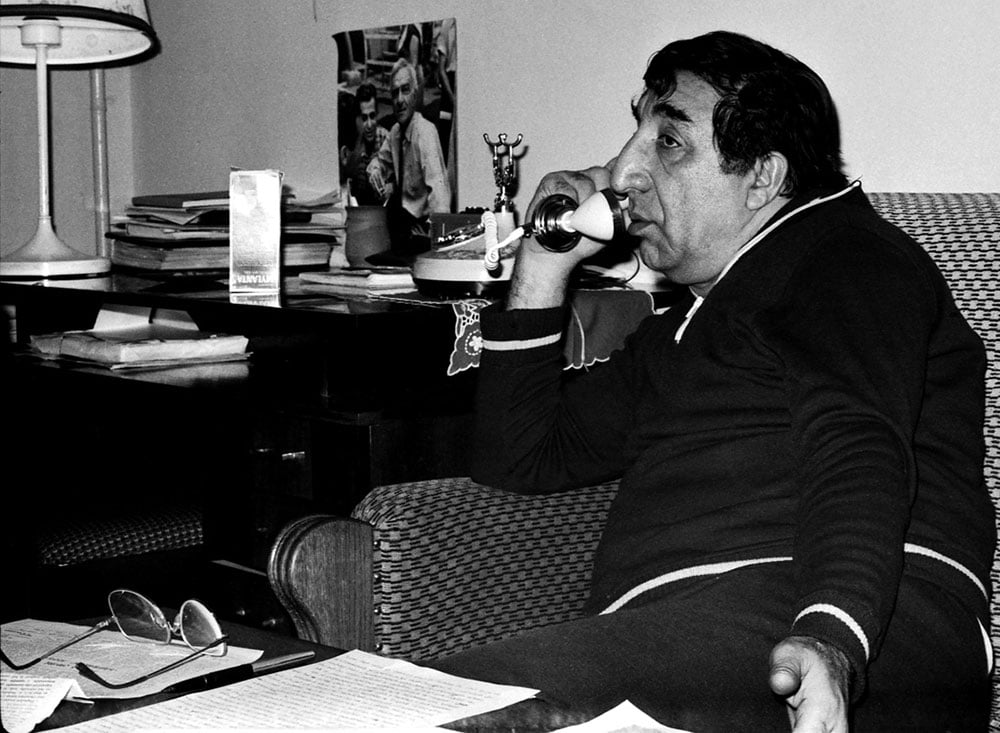
Adorning the face of many an Armenian celebrity and, some say, a measure of worth, the sizeable schnozz is at once a source of national pride and shame. Emil Babayan noses around Armenia’s most distinctive trait
The Armenians, like all other nations, must have their own “shtick” — but what is it? Some think it could be the famous Armenian brandy so beloved of Winston Churchill, but this, after all, is really a cultural borrowing from France. Other Armenians argue for the duduk, an ancient musical instrument firmly rooted in Armenian folklore. But then, variants of the duduk can be found throughout the Caucasus, Middle East and the Balkans. So it doesn’t quite make the grade — and nor, similarly, do Mount Ararat, apricots, and many other things Armenians regard as national symbols. Is it really possible that a people with more than two thousand years of history has no calling card of its own? Of course not — the answer is right under our nose.
The Armenian nose is a unique phenomenon. Anthropologists have ascertained that its mean length is 58mm — second worldwide only to the Kurds. But it isn’t just the length that’s boast-worthy. Large, meaty, expressive, the Armenian schnozz takes up fully half the Armenian face. When an Armenian with a truly Armenian nose is angry, the lightning rod of his nose conducts electric wrath down from the storm-clouds of his eyebrows. But if that Armenian’s in a good mood — and even more so if he’s in the throes of laughter — his grinning nose will sprawl across his entire face, exuding positivity and friendliness. The Armenian nose is no less capable of expressing astonishment, admiration, expectancy, fear, resolve — and any other emotion.
What’s more, the nose is a staple of all kinds of jokes — corrosive or otherwise — in Armenian society. Armenians endowed with particularly impressive noses are often nicknamed Nose as children — an uncomplicated yet meaningful sobriquet that usually remains theirs for life. In a word, the Armenian nose is a multifunctional tool for communicating with the outside world, and its uses are myriad.
Fact is, Armenians love their noses. It’s what helps them nose out their compatriots when abroad, be it face-to-face or in the flash-flicker of a TV image. “Look, wifey, that’s an Armenian!” my granddad would often exclaim, jabbing a finger at the television. “Come off it!” Granny would reply. “Can’t you see? His nose isn’t Armenian at all… That’s a Georgian right there!” Thus would my grandfather and grandmother start an animated conversation of an evening, with other family members, guests and even neighbours quick to join in.
“Even among Armenians themselves, a genuine Armenian nose isn’t something you encounter very often. But it’s a nose you’d never see gracing the face of a Georgian, a Greek, an Arab, a Jew, or anyone else.” So writes Amayak Ter-Abramyants of the Armenian nose. “It’s monumental. It’s unique: just like, say, Altai deer or coelacanth fish. It’s a genuine national treasure, and a direct legacy of ancient Urartu: aquiline, shovel-shaped, expansive as a flag, with black hairs bristling from the nostrils,” he continues.
In Armenia, you can pick up Armenian-nose-shaped souvenirs.
So important are noses to Armenians that a Nose Monument has even been erected in the centre of Yerevan. “Let’s meet by the Nose Monument and take a stroll,” you might say. The sculpture’s become a tourist favourite. Admittedly, it’s not a monument to the facial feature per se, but a bronze humoresque dedicated to Arno Babajanian, the celebrated Soviet-era Armenian composer and owner of a nose that was great in every sense. Unveiled 12 years ago, the “Nose Monument” moniker, invented by Yerevanians for the sake of convenience, has stuck. By emphasising a certain aspect of Babajanian’s facial anatomy, sculptor David Bejanyan simultaneously pointed up his nationality , something that was downplayed by any means possible in the Soviet period. He achieved this with the help of the Armenian nose.
Armenia boasts not one, but dozens of Nose Monuments. They tell us stories about actor Frunzik Mkrtchyan, chess grandmaster Tigran Petrosian, poet Yeghishe Charents, composer Arno Babajanyan, and many other worthy Armenian sons. They tell us the story of the nation itself, allowing us to peruse the light as well as the dark pages of its soul. The Armenian nose is more than merely a nose.
The Armenian nose is generally a Good Thing, but it’s not for everyone. On one hand, this facial feature has become an integral element of the Armenian national character, an idiosyncratic marker of Armenia. As Amayak Ter-Abramyants notes, “It’s brandished with pride and importance, the way all smaller nations brandish their national banners. And it often juts out from under dense canopies of eyebrows, interlocking at its bridge and sitting atop sad black eyes awash with the pain of the Genocide, with longing for a lost Ararat, and with awareness of an irresolvable historico-geographical impasse.” At the same time, it would seem to be consistent with today’s global fashion trends, which favour all things “outsize” and “maxi”. But the fashion industry has got bogged down somewhere in the middle stretches of the human body, and is yet to scale nose-level heights. This is a problem, because the Armenian nose begets many a complex, especially among the fairer half of the nation. Eager to comply with contemporary standards of beauty, Armenian women (predominantly young ones) are resorting ever more frequently to rhinoplasty. Demand, of course, begets supply, which is why Yerevan and other towns are witnessing a proliferation of clinics where professional nasal plastic surgeons offer specialised services to potential clients.
“It’s monumental. It’s unique: just like, say, Altai deer or coelacanth fish. It’s a genuine national treasure”
To popularise rhinoplasty in Armenia, a competition entitled The Most Armenian Nose was devised and launched in the early 2000s by the plastic surgery department of the Kanaker-Zeytun Medical Centre in the north of Yerevan. Held eight times between 2004 and 2011, the winner got a free nose job and the silver and bronze medallists serious discounts. The competition is no more: these days, takers are a dime a dozen without it.
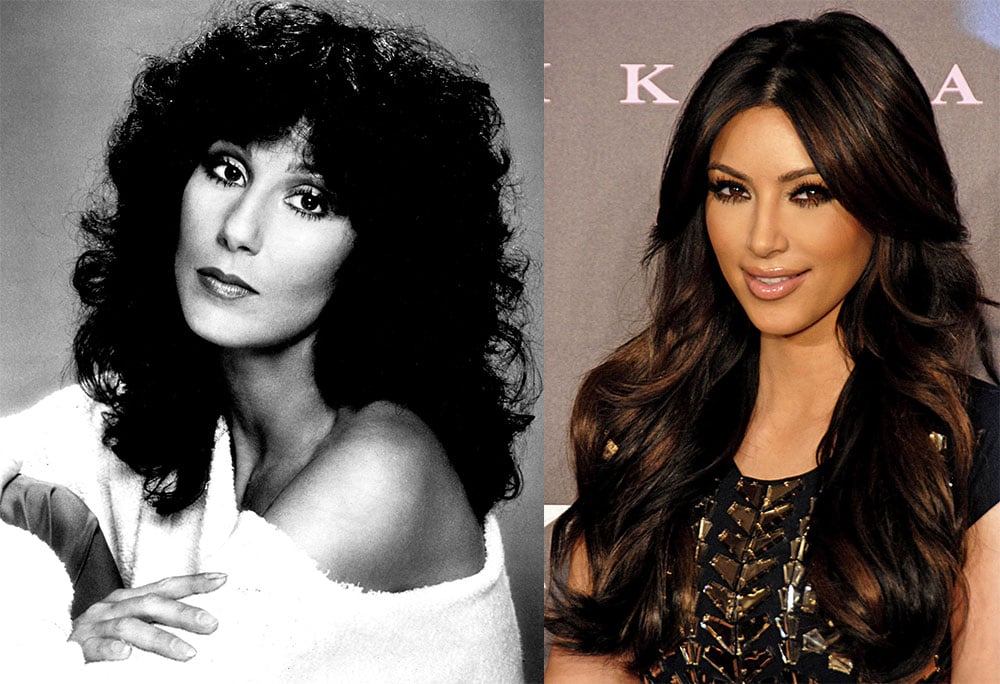
The result is a multiplier effect: strong domestic demand stimulates the rapid development of the industry, and this, in turn, attracts people from beyond the country’s borders. Today anyone can visit Armenia and get themselves a new nose. Foreign clients must fork out in the region of $1300-$1500 for the procedure, more than Armenian citizens, but compared to European and North American markets, these are very affordable prices. This fully-fledged medical tourism has been made possible by the power of the Armenian nose.
“It often juts out from under dense canopies of eyebrows, interlocking at its bridge and sitting atop sad black eyes awash with the pain of the Genocide, with longing for a lost Ararat, and with awareness of an irresolvable historico-geographical impasse”
“Armenia is an up-and-coming regional centre for rhinoplasty, and indeed for facial aesthetic surgery in general,” says plastic surgeon Karen Danielyan, founder of The Most Armenian Nose competition. “The country’s leading clinics, based predominantly in Yerevan, serve up to 500 clients monthly, a third of them women. I can name ten to twelve of these institutions off the top of my head — they’re springing up like mushrooms after the rain.” The number of operations, Danielyan says, is growing by 10-15% annually. “500 people a month is close to the official number, but things aren’t as clear-cut as that. Nasal surgery is a very personal matter, and many clients don’t want to “spell out” the fact that they’ve had a nose job. Sometimes nasal operations are performed under the guise of other, unrelated services. You might never have even gone to the doctor, in fact, and yet you’ve somehow got yourself a new nose.” Danielyan’s own private practice is patronised by people from all over the world, from as far afield as Argentina and South Africa. No less than 80% of his clients are from abroad, of which around a third are ethnic Armenians. The majority of this clientele hails from Russia and the United States, followed by Ukraine, various EU countries, and others.
Culture, fashion, tourism, surgery, show business, journalism, everyday conversations — in Armenia, all of these are linked, in one way or another, to the Armenian nose. Not only has it become a routine component of existence, it has integrated itself into the national identity of the people. Sometimes it’s an anecdote, sometimes a joke, sometimes a story, sometimes a topic for an article — but it’s invariably something intimate and sincere, something that’s in plain view of everyone and seldom goes unnoticed.
